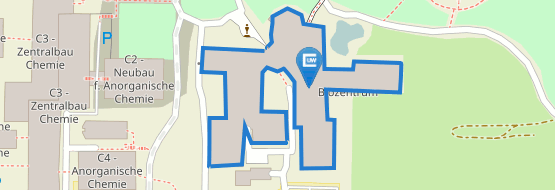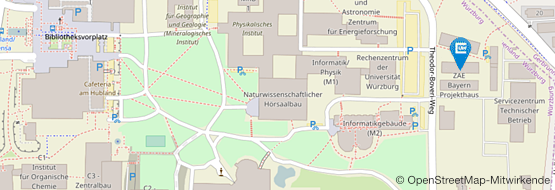The physics of parasites
05/28/2020
Using a new approach, scientists are applying the techniques of physics to investigate the relationships between parasites and their hosts. The programme is led by the Würzburg cell biologist Markus Engstler.
more





![[Translate to Englisch:] [Translate to Englisch:]](/fileadmin/_processed_/7/0/csm_unilogo4cohne_mittel_w_4118776ce3.jpg)














